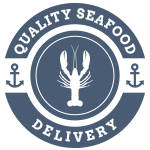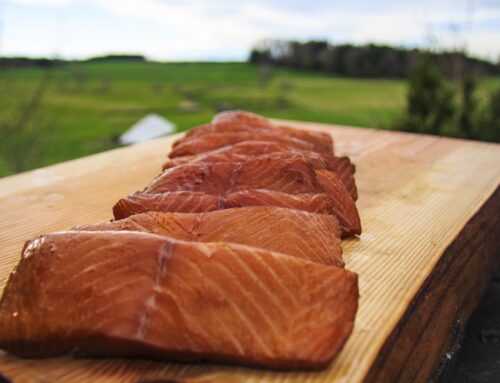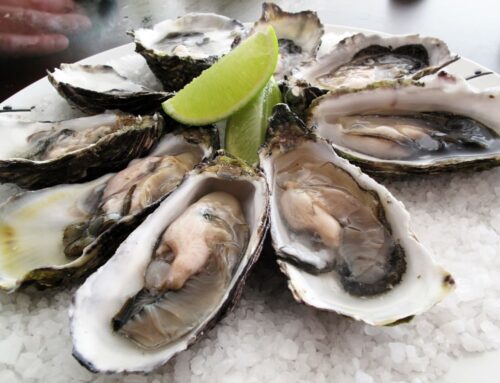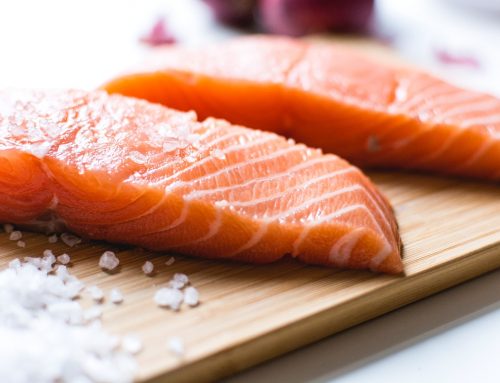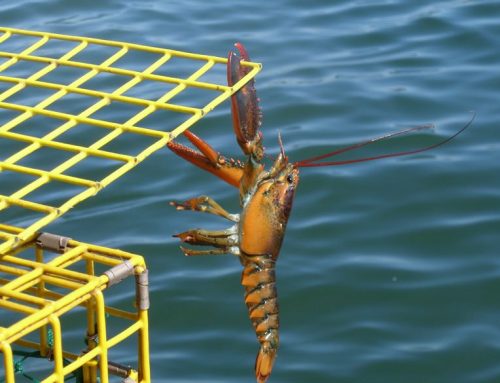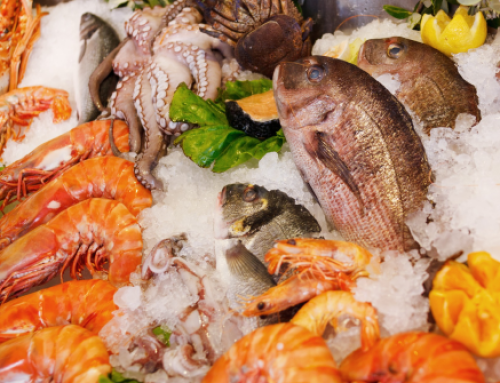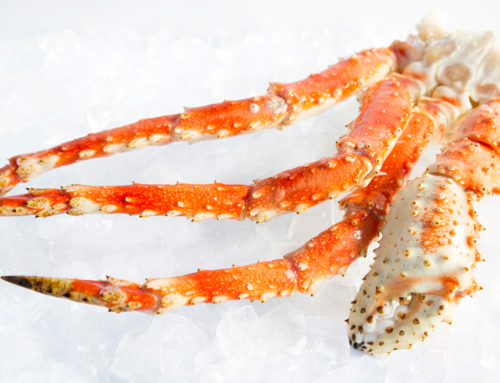December marks several transitions: it’s the official start of winter, the beginning of the holiday season, and – for fish lovers around the country – the launching of scallop season. In years past, this has brought a bountiful harvest of scallops to America’s dinner tables. In 2018 and 2019, though, America’s scallop harvest has increased to near-record levels amidst a high demand for shellfish of all types.
New data from the National Oceanic and Atmospheric Administration report that the scallop harvest hit almost 60 million pounds last year, the highest since 2011 and the fifth highest in history. The cause of this record-breaking harvest is unknown, but most think it has to do with a changing climate.
Amidst the boom, scallop availability for U.S. consumers hasn’t changed much. The U.S. harvest has historically been supplemented by foreign sources, and prices to consumers have held steady. Still, the value of the scallop fishery itself is rising. In 2018, American scallops were worth nearly $533 million – the third-highest figure on record and more than $100 million higher than in 2014.
Regional Differences in Scallop Harvests
That said, some parts of the country are not seeing this massive scallop boom. Long Island restaurants and fishermen are facing a massive scallop shortage, since more than 90 percent of the shellfish have died this season. Scientists are unsure of the cause of these massive die-offs, but many think it is related to warmer temperatures and extreme weather. Bay scallops currently retail for $39 per pound – more than twice the normal price. This population tumble has even prompted a symposium designed to understand the environmental occurrence causing the shortage.
Farther north, though, the scallop season is off to a record-breaking start. The northern Gulf of Maine has a strong supply and market. The price U.S. fishermen receive for the scallops they catch has fallen slightly in recent years, but many hope this will change with an increased demand for the product.
These massive scallop harvest could mean changes are coming to other shellfish industries. Lobster, for example, has seen a slight price increase in recent years. Warming ocean waters are driving the popular crustacean north into Canadian territory, and lobstermen anticipate a severe drop-off in availability over the next decade. With this bountiful scallop harvest, American palates – and wallets – could begin to favor the more accessible scallop, spelling even more danger for the lobster industry.
Only time will tell how this record-breaking scallop harvest will do to fishing industries on the periphery, but for now, this sector of American commercial fishing can celebrate a wildly successful start of the season.
Take note of our Affiliate Relationships that may exist with this page and companies listed on it.
